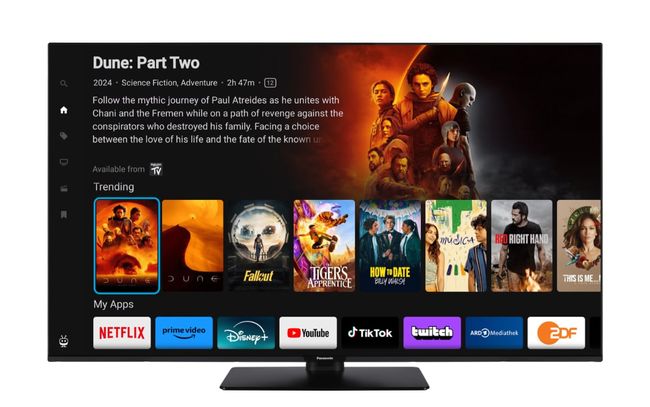The 2025 TV market will be highly competitive, making it tough for retailers to grow profitably. Dependence on established brands reduces a business’s control over pricing, products, and branding. However, this challenging environment also creates an opportunity: Original Equipment Manufacturer (OEM) TVs. Businesses can gain more control, improve profitability, and strengthen customer relationships by creating their own branded TVs. Exploring OEM TV manufacturing now is crucial for businesses looking to boost revenue, enhance their brand, and build stronger customer loyalty in 2025. Finding an OEM TV manufacturer to discuss possibilities is a necessary first step.
What Is An OEM TV?
Original Equipment Manufacturers (OEMs) produce televisions for other companies to sell under their own brand. So, instead of just reselling existing TV brands, a business partners with an OEM to create TVs to their specific requirements and then sells them as their own. This practice, called private labeling (where a business creates its own brand and sources products to sell under it) or white-labeling (similar, but with generic, unbranded products that the retailer brands), is becoming more common across industries, including televisions. OEM TVs allow businesses to develop their own unique TV products.
Why Selling An OEM TV Is A Good Choice?
Selling OEM TVs offers two key advantages: higher profit margins and stronger brand building. By bypassing major TV brands, businesses can control pricing and increase profits. For example, a retailer might make $100 selling a brand-name TV but could make $150 (or more) selling a comparable OEM TV due to lower production costs. This allows for more pricing flexibility and higher overall profitability. Furthermore, OEM TVs enable businesses to create their own brand, rather than just reselling existing ones. This allows for a unique brand identity and targeted marketing to specific niches, like rugged outdoor TVs or budget-friendly smart TVs, leading to stronger brand recognition and customer loyalty. For example, Android OEM TVs are popular because they offer the flexibility and user-friendliness of the Android operating system built directly into the television. This allows for internet connectivity, app downloads, and a smart TV experience without needing a separate streaming device. Businesses partnering with an OEM for Android TVs can customize the experience by pre-installing specific apps, tailoring the user interface, and branding the software. For example, hotels could have TVs with custom welcome screens and hospitality apps, while gaming-focused retailers could offer TVs optimized for game streaming. While the core functionality remains Android, providing access to a wide range of apps and features, OEM partnerships allow for tailored experiences catering to specific markets. These TVs come in two main types: AOSP (Android Open Source Platform) TVs and Google OEM TVs, the latter offering similar functionality to Google TVs from major brands. It’s worth exploring what a 55-inch Google TV OEM looks like.
Conclusion
The 2025 TV market is both challenging and promising. OEM TVs offer a way for businesses to overcome tight profit margins, establish strong brands, and build stronger customer relationships. The benefits are clear: increased profitability, greater product control, the ability to serve niche markets, and increased customer loyalty. Businesses looking to capitalize on the rising demand for customized TV experiences should act now to stay ahead in this evolving market.
Read more from tech



































